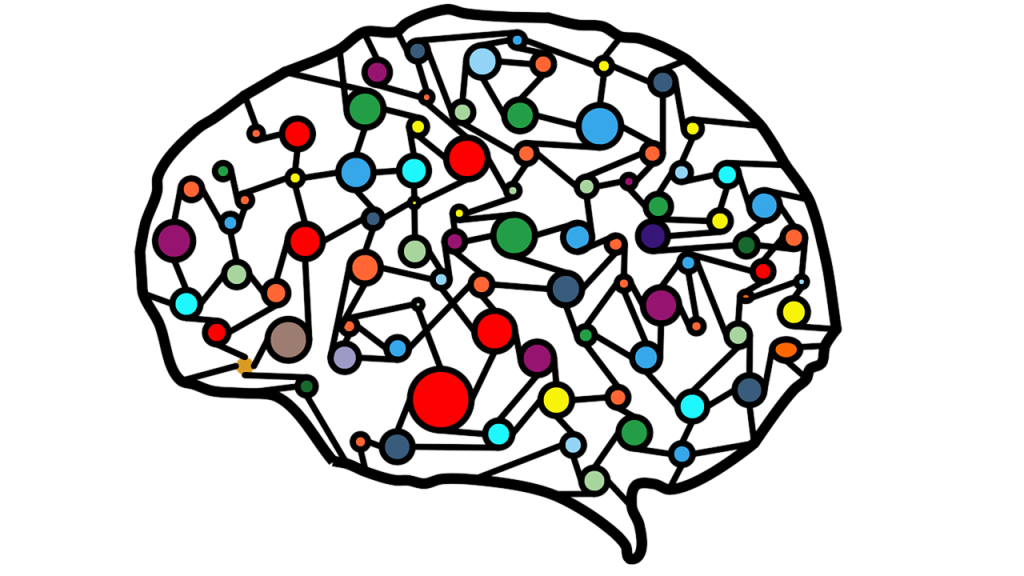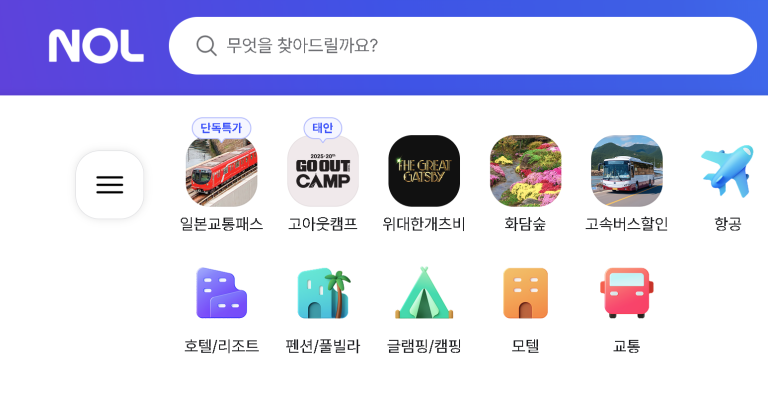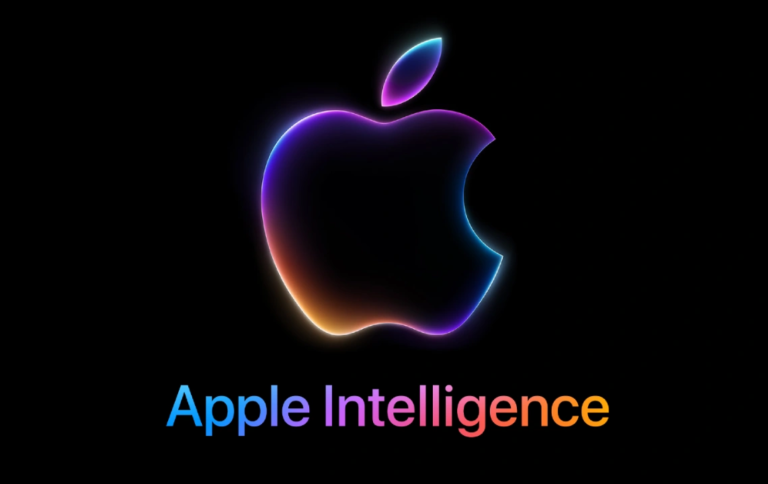The integration of AI into document processing has been a long-standing goal, with varying degrees of success. Early optical character recognition (OCR) solutions often struggled with complex layouts and nuanced formatting, a challenge exacerbated by the diverse document types found in real-world applications. However, according to this report, a Korean startup, Deep Learning Korea, seems to have made significant strides in this area with their new Vision-Language Model (VLM) powered OCR solution.
The article notes that Deep Learning Korea’s ‘Deep OCR+’ solution, launched just this past April, is experiencing rapid growth, with over 50 contracts currently under negotiation. This rapid adoption speaks to the increasing demand for more sophisticated document processing solutions in various sectors, including finance, logistics, manufacturing, and even fashion. In the Korean market, companies like Naver and Kakao have been actively developing AI-powered document understanding tools, but this swift uptake of Deep Learning Korea’s offering suggests a potential competitive edge. The competitive landscape is further intensified by the presence of global players like ABBYY and Microsoft, making the rapid progress of a relatively smaller player like Deep Learning Korea even more noteworthy.

The key differentiator, as reported in the article, lies in Deep OCR+’s ability to leverage VLMs. Unlike traditional OCR, which treats documents as a simple collection of text, the VLM approach interprets them as structured information with inherent meaning and layout. This is crucial for understanding the context within documents, such as contracts, invoices, or technical manuals. While conventional OCR might extract the text from a contract, a VLM-powered solution can identify key clauses, parties involved, and specific obligations, offering a far more comprehensive and actionable understanding of the document.
From a technical perspective, the integration of VLMs represents a significant advancement. VLMs are typically trained on massive datasets of text and images, allowing them to learn the relationships between visual elements and their semantic meaning. This enables them to understand the structure of documents, distinguish between different sections, and even identify key information based on visual cues like tables, headings, and logos. This sophisticated approach aligns with the broader trend in AI toward multimodal learning, where models are trained to process and integrate information from multiple sources. In Korea, the robust digital infrastructure and growing government support for AI research have fostered a fertile environment for such innovations.
Deep Learning Korea’s success with Deep OCR+ raises interesting questions about the future of document processing. Will VLM-based solutions become the new standard, eventually replacing traditional OCR altogether? How will this impact industries heavily reliant on document workflows? And what role will Korean companies play in shaping this evolving landscape?







